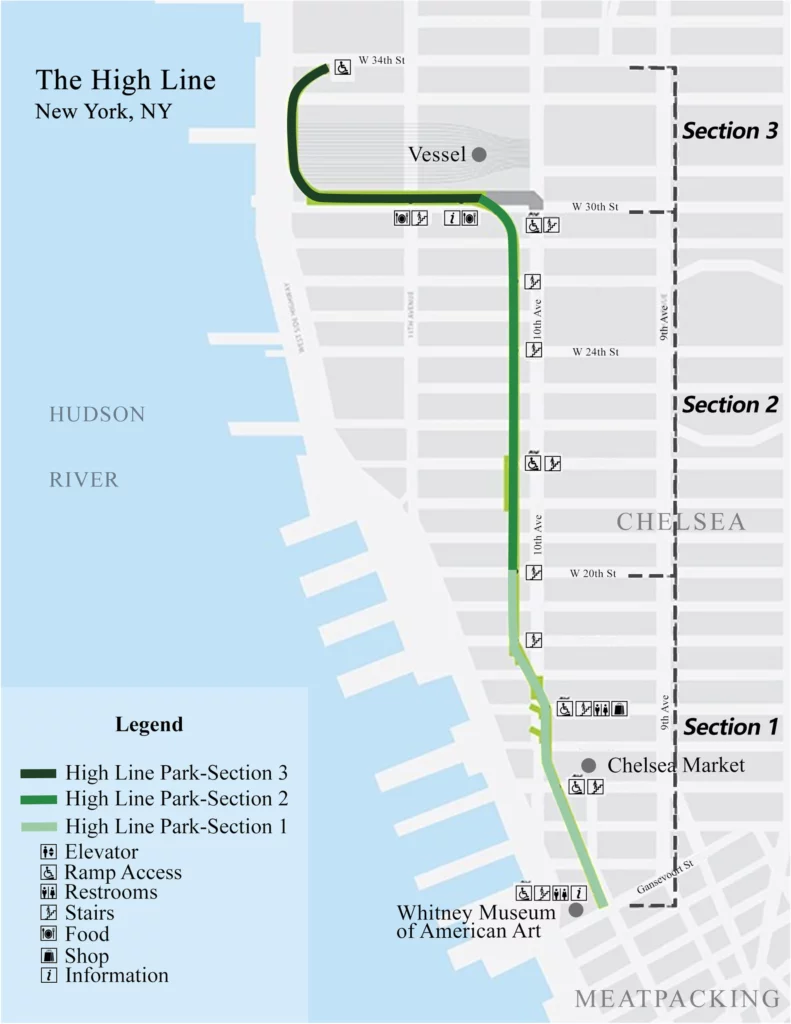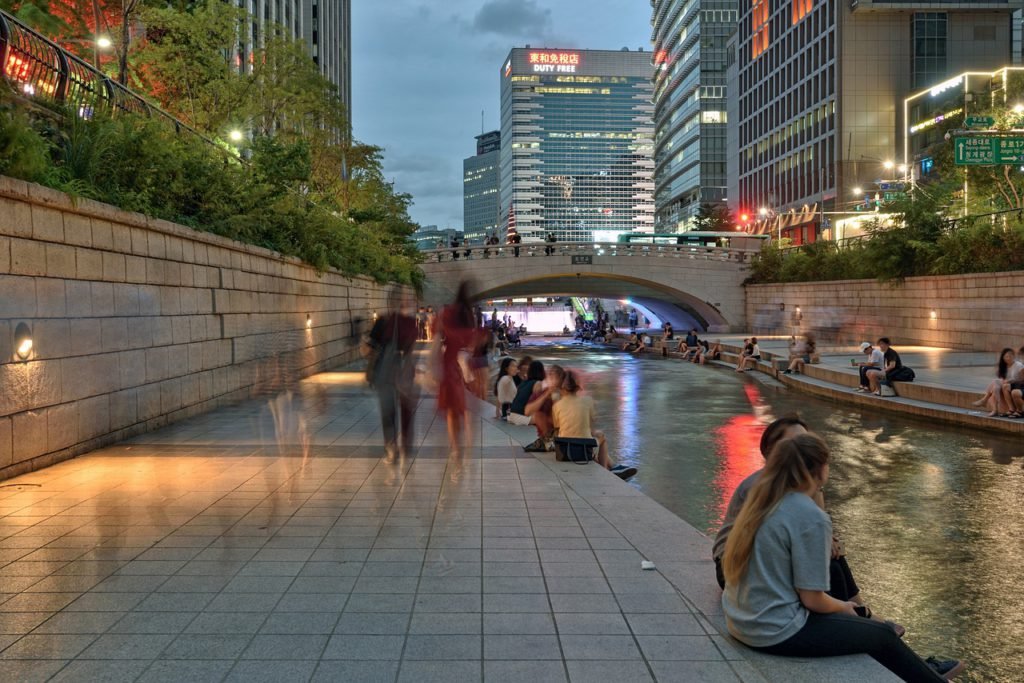riverfront projects are new tools for urban revitalization globally


Riverfront development projects have gained significant traction worldwide, as cities strive to revitalize their waterfront areas and leverage the potential of their natural waterways. These projects offer the promise of economic growth, enhanced public spaces, improved quality of life for residents and visitors alike and an added tourist attraction.
However, like any large-scale urban undertaking, riverfront development has advantages and challenges. In this article, we will explore some noteworthy riverfront projects from around the globe and analyze their pros and cons.
1. The High Line, New York City, United States:
One of the most renowned riverfront projects, the High Line Project (HLP) in New York City, transformed an abandoned elevated railway into a vibrant public park. HLP is a 1.45-mile-long greenway park located on Manhattan’s West Side.
The High Line elevated position offers stunning views of the Hudson River, while the park itself provides recreational spaces, art installations, and a green oasis within a bustling city.
The High Line has revitalized the surrounding neighbourhoods, attracting tourists, fostering economic growth, and providing an exemplary model for adaptive reuse. There are gardens, seating areas, viewing decks, art displays, and food vendors to offer various recreational activities for visitors.

Pros:
- Transforming unused urban infrastructure into a thriving public space.
- Boosting tourism, economic activity, and real estate values.
- Fostering community engagement and social interactions.
- Promoting sustainable transportation and reducing congestion.
Cons:
- Risk of gentrification and rising property prices, potentially displacing residents.
- Increased foot traffic and congestion in the surrounding area.
- Potential over-commercialization, diluting the original vision of the project.
2. Thames Riverside Walk, London, United Kingdom:
The Thames Riverside Walk project aimed to enhance pedestrian access and create a continuous walkway along the iconic River Thames in London. It stretches over 40 miles, offering picturesque views of the river, historic landmarks, and public spaces.
The project has opened up new opportunities for recreation, improved connectivity, and showcases the city’s rich cultural heritage.

Pros:
- Encouraging active modes of transportation and reducing car dependency.
- Preserving and showcasing historical and cultural landmarks.
- Creating a sense of place and identity for Londoners and visitors.
- Supporting local businesses and tourism along the riverfront.
Cons:
- Balancing public access with security concerns, especially in sensitive areas.
- Maintenance challenges and costs associated with such a long stretch of walkway.
- Potential conflicts between pedestrians, cyclists, and other users of the shared space.
3. Cheonggyecheon Restoration, Seoul, South Korea:
The Cheonggyecheon Restoration project revitalized a neglected waterway in the heart of Seoul, transforming it into a modern urban park. By removing an elevated highway and restoring the stream, the project enhanced the city’s environment, and aesthetics, and provided a recreational space for residents.
The project also focused on water quality improvement and ecosystem restoration.

Pros:
- Enhancing the city’s resilience by mitigating flood risks and improving water quality.
- Promoting sustainable urban design and reconnecting with nature.
- Creating a recreational space that enhances residents’ well-being and quality of life.
- Becoming a symbol of environmental stewardship and urban revitalization.
Cons:
- Initial controversy and public opposition due to concerns about cost and disruptions during construction.
- Maintaining water quality and preventing pollution in densely populated areas.
- Ensuring equitable access and addressing potential social exclusion issues.
4. Sabarmati Riverfront Project, Gujarat, India
The Sabarmati Riverfront project, located in Ahmedabad, India, is an ambitious initiative that aims to transform the Sabarmati Riverfront into a vibrant and sustainable urban space. The project spans a 10.4-kilometre stretch of the river, rejuvenating the riverfront area and creating recreational spaces, public parks, and promenades.
One of the significant advantages of the Sabarmati Riverfront project is its positive impact on the city’s aesthetics and tourism.
The beautifully landscaped riverfront has become a major attraction for locals and tourists alike, providing a serene environment for leisure activities.

As per SRFDCL, the three key objectives of the sabarmati riverfront are environmental improvement, social upliftment & sustainable development.
Pros :
- The project has facilitated better flood management by implementing infrastructure such as retaining walls and embankments, thus reducing the risk of flooding in surrounding areas.
- The development has spurred economic growth, attracting private investments and boosting the real estate market.
- A new tourist destination and open space for local population.
Cons :
- Concerns regarding the sustainability of the project in terms of water management and ecological impact.
- The displacement of informal settlements and marginalized communities living along the riverfront.
- The rising property prices have also made it difficult for low-income residents to afford housing in the area.
Conclusion:
Riverfront projects around the world have proven to be transformative endeavors, breathing new life into urban areas, and connecting communities with their natural waterways. While these projects offer numerous benefits, it is essential to address the associated challenges to ensure they truly serve the needs of all residents.
By carefully considering the pros and cons, learning from past experiences, and engaging the public in the decision-making process, cities can harness the potential of riverfront development to create sustainable, vibrant, and inclusive urban spaces.

2 thoughts on “Riverfront Projects are New Tools for Urban Revitalization Globally”